While LSTs offer a relatively low-risk way to participate in staking rewards, LRTs are a different beast altogether. Unlike LSTs, which represent a direct 1:1 claim on the underlying staked asset, LRTs can be backed by various collateral types. This flexibility introduces risk, as unscrupulous providers might use low-quality illiquid assets as collateral. A sudden drop in the value of such assets could trigger insolvency or a depegging event, where the value of the LRT falls below the value of the ETH it represents.
Some providers even resort to risky algorithmic approaches, similar to the "Luna" debacle, to maintain the wrapped ETH peg. This injects further instability into the system. Slashing risk, where validators chosen by the LRT provider lose staked ETH due to misbehavior, and concentration risk, where too much capital is concentrated with a few providers, can further exacerbate the situation, potentially leading to undercollateralization.
A domino effect on the broader crypto market is a real possibility. The recent Renzo protocol ETH depeg event serves as a cautionary tale. It could be the first sign of a larger systemic vulnerability that malicious actors could easily exploit, what do you guys think...
[link] [comments]

You can get bonuses upto $100 FREE BONUS when you:
💰 Install these recommended apps:
💲 SocialGood - 100% Crypto Back on Everyday Shopping
💲 xPortal - The DeFi For The Next Billion
💲 CryptoTab Browser - Lightweight, fast, and ready to mine!
💰 Register on these recommended exchanges:
🟡 Binance🟡 Bitfinex🟡 Bitmart🟡 Bittrex🟡 Bitget
🟡 CoinEx🟡 Crypto.com🟡 Gate.io🟡 Huobi🟡 Kucoin.
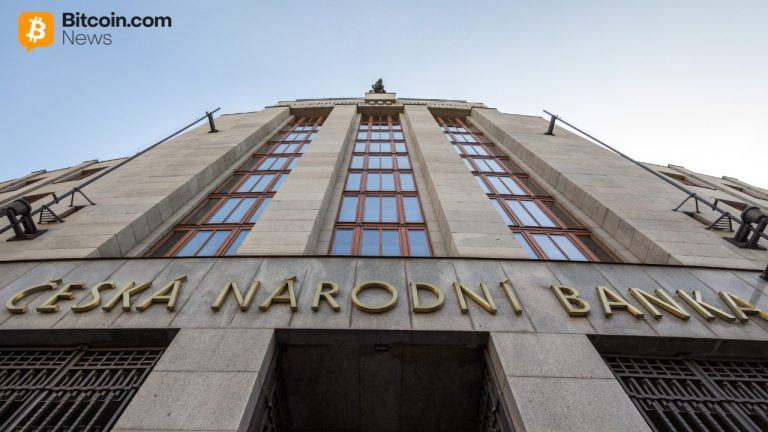




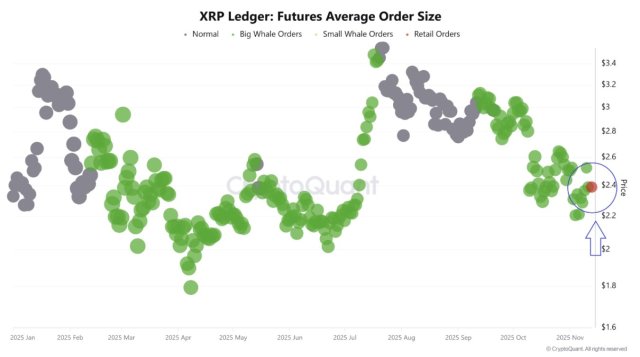



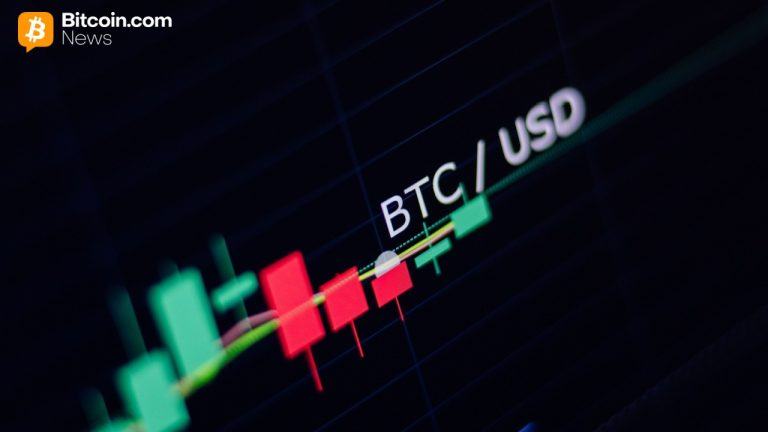
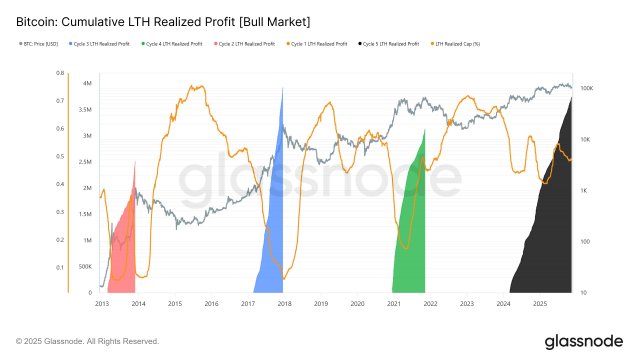

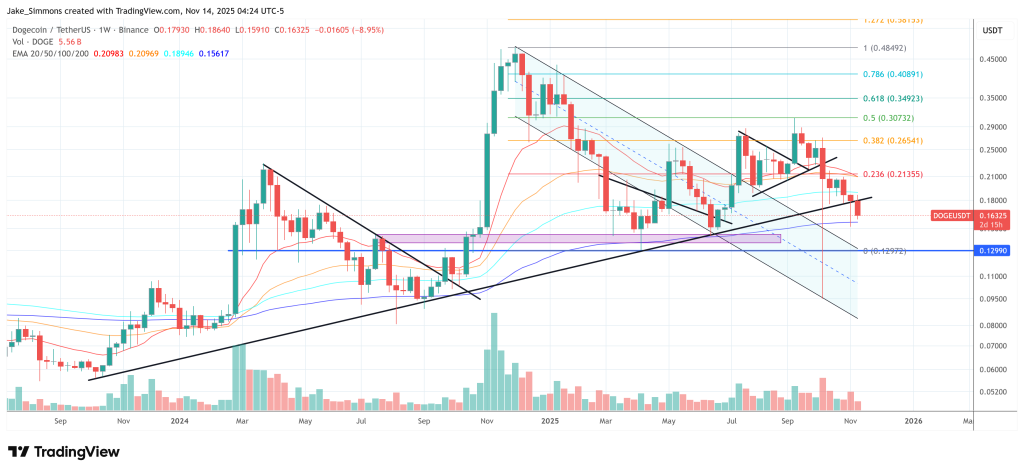





Comments